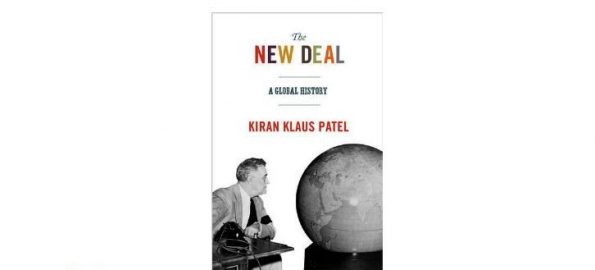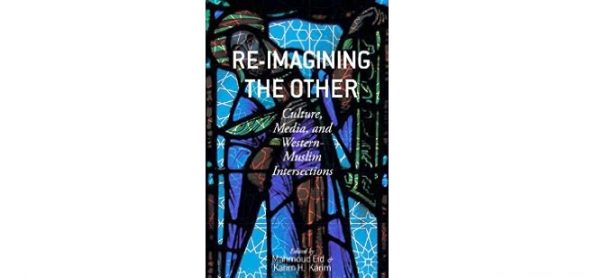
Avi Max
Young Islam: The New Politics of Religion in Morocco and the Arab World
(Princeton University Press. 2015. ISBN: 978-0-601-15984-3. 264 pp, £22.95, hardback)
| Published in Journal of Global Analysis – Vol. 7 No. 2 | |
| Download the article in PDF format… |
Many observers have suggested that Political Islam is in a state of crisis. The world’s oldest and most influential Islamist movement the Ikhwan al-Muslimun (the Muslim Brotherhood) is still banned in Egypt and most of the Middle Eastern states. Other organizations that have drawn inspiration from it are often labelled as terrorist groups in Arab countries while the few that participated in power sharing experiences have jettisoned their original religious ideology such as in Tunisia or Morocco. The most disturbing development of this crisis has been the proliferation of extremist groups such as ISIS in Syria and Iraq. This book examines religious revivalism in modern Morocco attempts to challenge a number of assumptions associated with Islamism within the MENA region by contrasting two movements –the Justice and Spirituality Organization (Al Adl wal Ihsan) and Party of Justice and Development (PJD). The former is a hybrid Islamist-Sufi group founded by Abdussalam Yassine (1928-2012) in the early 1980s and latter was founded by Abdelkrim Al Khatib (1921-2008) in the 1960s. The first movement is perhaps the largest Islamic group in Morocco and is currently outlawed while the second has been the ruling political party of the country since 2011.
The text examines the evolution and contestation between the two by offering a case study of how contemporary forms Islamism function in highly competitive religious landscapes and identifies the ideological and generational dynamics that shape internal change. Understanding internal diversity within Islamic groups is important as there is no monolithic ‘Islamic movement,’ but rather a complex constellation of trends and orientations vying with one another to increase membership, exert influence and most importantly survive The book is structured over nine chapters and divided in four parts –‘Relationships,’ ‘Identities,’ ‘Shadows’ and ‘Individuals.’ The first two chapters describe the methodological challenges encountered by the author during his fieldwork and apply the idea of the “coevolution” among religious actors in the Moroccan context. This leads to the core idea of the book and its proposition that Islamism is relational, not only in regard to the state but also to other Islamic actors which means that they are shaped by competition with each other for resources, recruits and a shared urbanized base. The author contends that these two movements ‘mirror one another depending on the competitive context, sometimes reflecting, sometimes refracting, sometimes borrowing, sometimes adapting or even reorganizing in order to keep up with the other,’(p.36) and also leads to activists leaving one to join the other.
The next two chapters attempt to understand how they have transitioned over time and give a sense of the political and religious contexts and go on to examine the incentives and decision making processes employed by young people to join these movements and locates this choice within the fluid realities of their everyday lives. The recruits to these movements range from the unemployed to middleclass professionals and join for broad variety of reasons. Contrary to explanations that suggest youth participation is for purely religious salvation –the author found that activists were looking for ‘nothing less than a new sense of the self. Their decisions are multiple, multilayered and constantly renegotiated,’ (p.88) within the collective activism of the group. This new identity helped them to reconfigure their identities within what the author calls the new politics of personal empowerment –which were actually secular, experiences and the desire to acquire skills such as training, leadership opportunities and expanding their professional connections.
The two chapters in Part Three reassess the activists relationships with the state and other Islamist organisations and concluding chapters explore the internal dynamics of these groups and the extent to which they abide by authority structures by demonstrating that far from being blind supporters of hierarchy –young activists are open to new ideas and creative reinterpretation to attract new members. Here the author points out that the Moroccan monarchy has skillful manipulated various religious currents as tool of social control, which some argue has occurred with the PJD being used to counter the appeal of Al Adl wal Ihsan. However, the author shows that the young activists in both organisations negotiate around the King’s authority and have occasionally spoken out against his policies. The final section explores how religious authority is constructed and reconstructed. The author found that young Islamists grow to question a single, centralized authority and somewhat counter intuitively, challenge it. This illustrated by the fact that activists not only study the Quran and Hadith, but also read Samuel Huntington, with the works of its founders being viewed as ‘inspirational rather than directional, constantly being interpreted and reinterpreted by young people who apply them to their own lives and experiences,’ (p.171).
The book manages to balance observation, textual analysis and theoretical reflection, but is let down in places by the authors overly self-referential writing style, ethically dubious research tactics and crude phrasing, for instance he ‘…snuck into the conference with no credentials, I often waited for a large group to gather at the door, rattled off some greetings in Arabic and then made my way past security,’ (p.27), ‘…Yassine for much of the movements existence, controlled with a wave of his hand, lecturing when healthy to his minions weekly,’(p.166), ‘Both men had beards, though Yassine’s was longer, scragglier and greyer,’ (p.13). These passages detract from scholarly tone expecting in such a study and comes as journalistic. The book focused on the relationships between the two main Islamist forces in Morocco, though it could have given a fuller sense of the other religious actors operating in the state had more attention been given to how they interacted with the Salafi and Sufi currents. Overall, the book is useful for illuminating internal contestations within Islamist movements who have different and sometimes conflicting visions of Islam itself and how they might shape the future religious reform in the Middle East and for due to their ability to adapt to rapidly changing socio-political change.
Dr Sadek Hamid
Department of Theology, Philosophy & Religious Studies
Liverpool Hope University, United Kingdom
[email protected]



